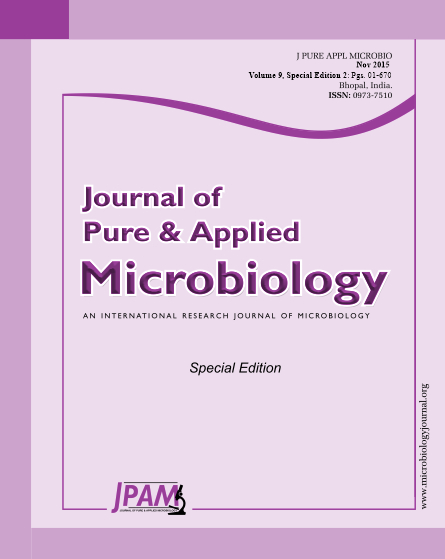Wireless Biosensor Networks needs energy efficient routing protocols for increasing the network lifetime. The energy consumption of biosensor nodes can be decreased by reducing the transmission radius range. In this proposed work an Energy Efficient Routing Protocol (EERP) is developed for wireless biosensor network by adjusting the node transmission radius and conserves the node energy. EERP follows on demand routing method for packet forwarding from source to destination. When the node’s energy reaches certain threshold then node reduces its transmission radius again in order to achieve less energy consumption under the circumstance. The transmission range distribution optimizations for networks are developed in order to obtain the maximum lifetime. Analysis of the solution shows that network lifetime improvement can be obtained through optimization comes at the expense of energy-inefficiency and a wasting of system resources. The simulation results shows that EERP protocol out performs the existing routing protocols in terms of network lifetime, energy consumption and has a balanced network load and routing traffic.
Energy, Lifetime, Routing, Transmission radius, Wireless biosensor network
© The Author(s) 2015. Open Access. This article is distributed under the terms of the Creative Commons Attribution 4.0 International License which permits unrestricted use, sharing, distribution, and reproduction in any medium, provided you give appropriate credit to the original author(s) and the source, provide a link to the Creative Commons license, and indicate if changes were made.


